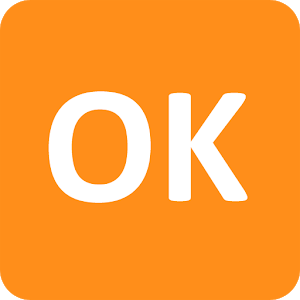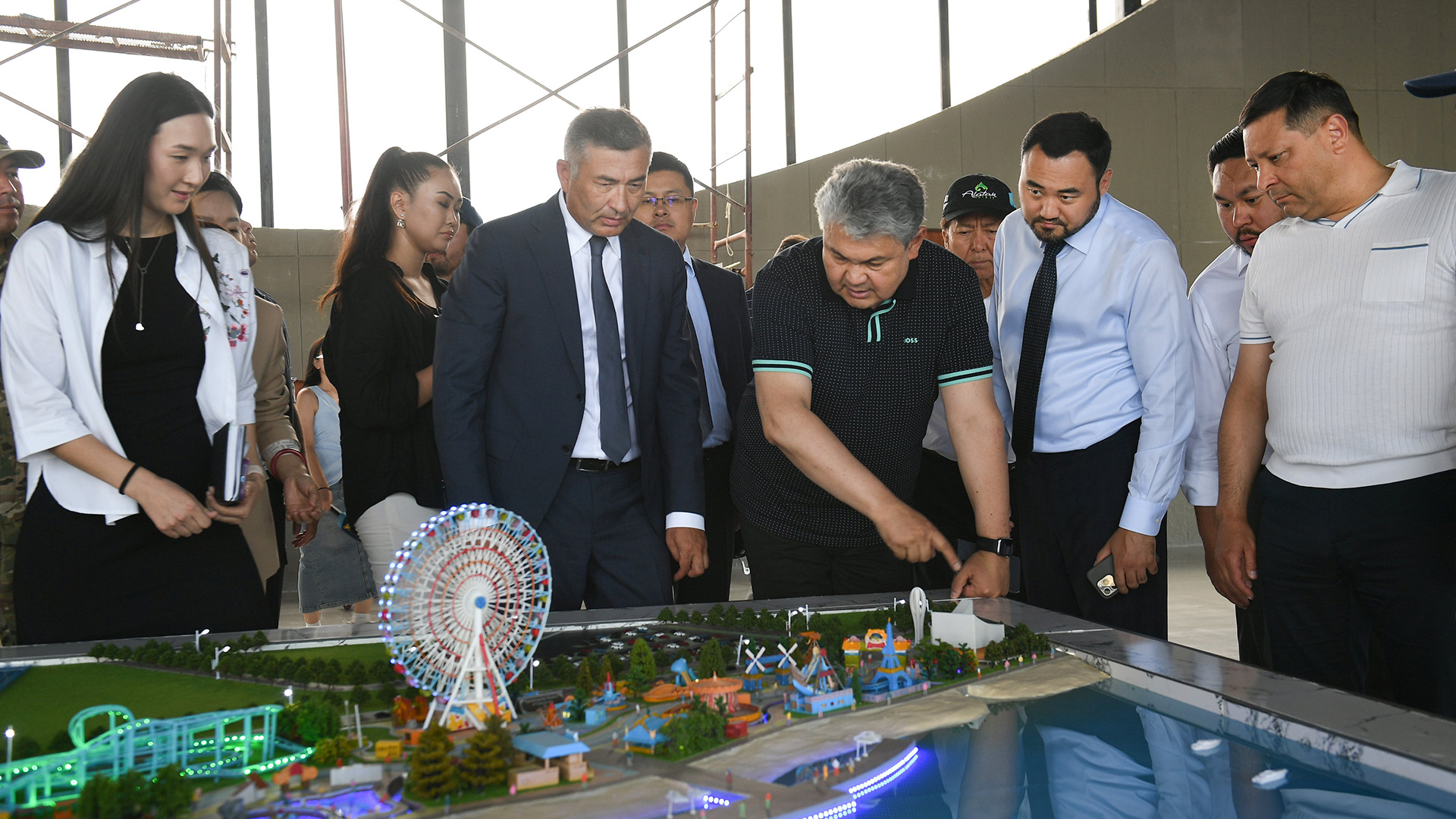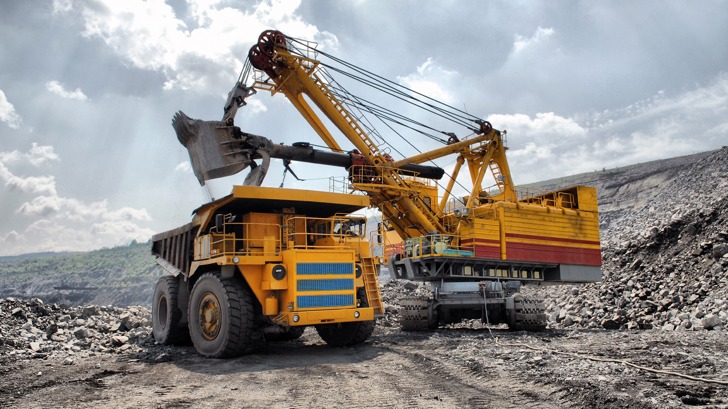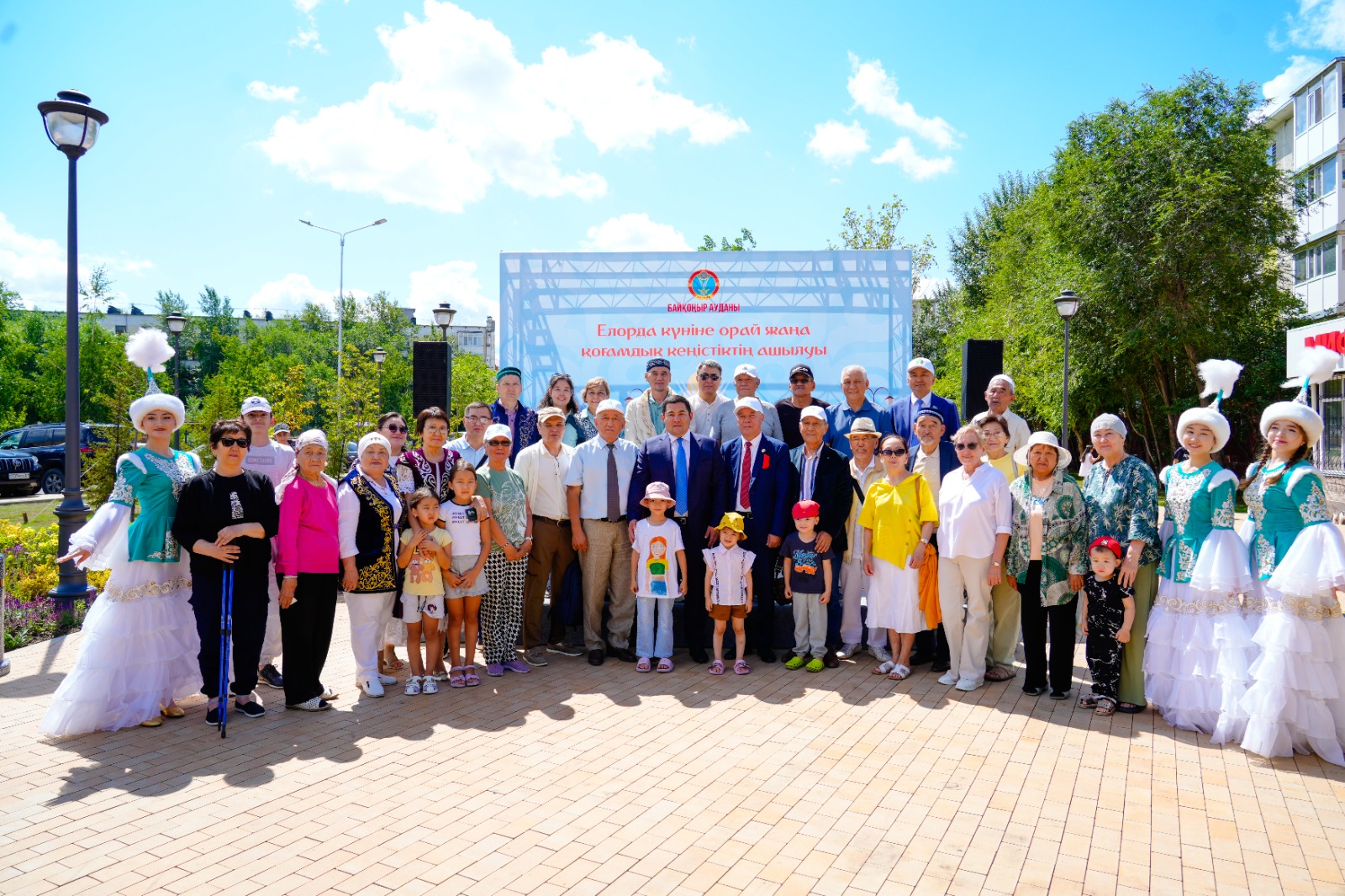During Vladimir Putin’s state visit to Kazakhstan, a large package of documents was signed, reportedly including 20 agreements. However, the details of these agreements were not immediately disclosed. This was reported in an article by DW – Deutsche Welle.
This visit marked Putin’s second state trip to Kazakhstan since 2015. Initially scheduled to begin before noon on November 27, the meeting was delayed, with Putin’s plane landing at Nursultan Nazarbayev International Airport after 5:00 PM Astana time, when it was already dark. Before his arrival, an honor guard performed multiple rehearsals, and a special air show was organized for the Russian delegation. Kazakh fighter jets left tricolor trails in the sky to symbolize the Russian flag.
A Minor Incident at the Start of the Visit
The day before Putin’s arrival, Astana city authorities announced the closure of several central streets and avenues on November 27 and 28 due to the visit and the upcoming Collective Security Treaty Organization (CSTO) summit. This led some businesses and universities to switch to remote work or grant short-term leave. However, some Astana residents, supportive of Ukraine, criticized the excessive display of Russian symbols across the city, calling it “over the top.” This sparked a heated debate on social media and among independent media outlets. Critics accused Kazakhstan’s leadership of supporting Russia’s aggressive policies, while pro-Russia individuals defended the protocol. The Kazakh Ministry of Foreign Affairs explained that the display of foreign symbols during state visits aligns with international practices.
The Meeting and Agreements
The talks began with a two-hour private meeting between Kazakh President Kassym-Jomart Tokayev and Vladimir Putin, which Kazakh media described as a record duration for such discussions. However, the broader meeting with delegations lasted only about 30 minutes, and details of the discussions remained unclear. Journalists noted that the microphones were turned off during parts of the meeting.
The results of the negotiations were revealed two hours after the talks ended. A total of 20 agreements were signed, including:
•Cooperation agreements on developing railway and transportation infrastructure.
•An extension of oil and petroleum supply agreements to Kazakhstan.
•Agreements between Russia’s Investigative Committee and Kazakhstan’s Interior Ministry.
•Support for the reconstruction of Ekibastuz GRES-2, one of Kazakhstan’s largest power plants.
Additionally, Putin officially invited Kazakhstan to join the BRICS group as a partner country.
The most notable agreement was a joint statement on “deepening strategic partnership in the new global order,” emphasizing mutual respect, sovereignty, independence, and territorial integrity in interstate dialogue.
The Press Briefing
During a late-night press briefing, the two leaders described the visit as a “historic event marking a significant stage in Kazakhstan-Russia relations.” They highlighted expectations for bilateral trade to surpass $30 billion soon. Both leaders stated that there were no disagreements regarding cooperation within organizations such as the CIS, EAEU, SCO, CSTO, and CICA.
The briefing also addressed ambitious goals to further deepen strategic partnership between Moscow and Astana. Topics such as Ukraine’s use of ATACMS missiles, British-French Storm Shadow/SCALP missiles, and Russia’s “Oreshnik” ballistic missile attack on the Dnipro-based “Yuzhmash” factory were mentioned. These issues, along with strengthening the Tajikistan-Afghanistan border, were scheduled for discussion at the CSTO summit on November 28, which is part of Putin’s visit agenda.
Другие материалы
Adyrna.kz ұлттық порталының маңызды ақпараттарына жазылу
Соңғы жаңалықтар туралы хабардар болыңыз


















